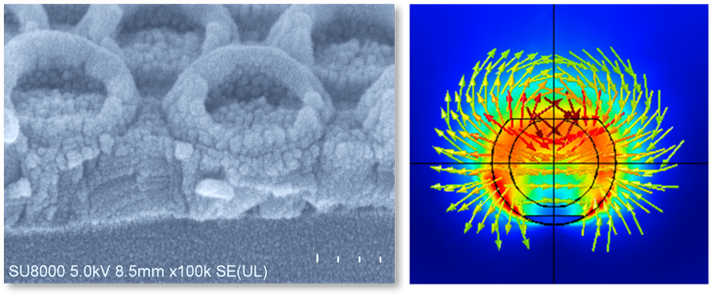SPR and LSPR

We have made several advances to the state of the art by developing new techniques to analyse noisy multispectral data obtained from localised surface plasmon resonance (LSPR) optical biosensors. LSPR sensor data interpretation has typically relied on the determination of the location of the resonant wavelength. While techniques such as the centroid method can be successful, they tend to fail when the resonance peaks are broad and noisy. Our new method, called the projection method [ 1 ] makes use of the entire spectral data to locate the resonance peak and outperforms other methods. We have also for the first time introduced the use of maximum likelihood theory to maximise the information obtained from multi-resonance mode LSPR sensors [ 2 ] obtaining more accurate estimates for adlayer thickness and refractive index.
We have also investigated the use of SPR to measure complex (lossy) materials [ 3 ] and developed a spectro-angular SPR sensor [ 4 ]
Collaborators:
- Dr. Takuo Tanaka (Riken Institute)
- Prof. Maryam Tabrizian (McGill Biomedical Engineering)
- Prof. Paul Charette (Universite de Sherbrooke)
Funding agencies:
- NSERC
- Genome Quebec